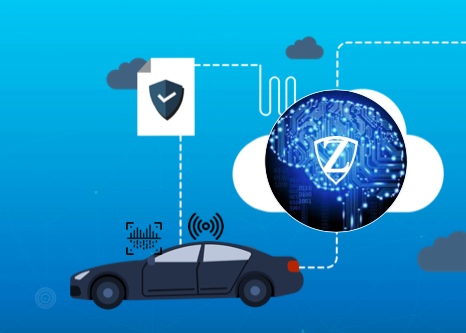
Artificial Intelligence (AI) seems to be everywhere, or it would be soon. The age of machine learning is upon us, and few active technology users haven’t yet tried their luck with Siri or Alexa, or tested out another brand of voice-activated software. Although the results are sometimes hilarious, the ability of the applications to learn to recognize speech and tone is undisputed, and this is causing a normalization of the use of voice to communicate with machines. Soon we’ll be giving up keyboards completely in exchange for sophisticated dictation devices, which already exist in various iterations.
AI-Driven Authentication
It’s no surprise that AI-powered options are already playing an active role in customer interactions. With the increase in cybercrime and the need to protect online identity and access, we’ll soon see AI-driven voice activation used as a means of authentication. This will reduce the cost of biometric authentication, improve the customer experience, and create a convenient way for users to access their accounts without additional, awkward authentication methods.
How It Works
Behavioral biometrics track users’ unique personal habits, such as the speed and rhythm of their movements, the angle at which they hold a device, and even the keystrokes they use when they type. We expect voice authentication to become an essential tool in AI-driven systems, by combining biometric markers with natural language processing and artificial intelligence technologies.
Every human voice is unique, with factors such as the shape of the speaker’s larynx or nasal cavity and the number of missing teeth all affecting the way the speech sounds. When people modify their tone and speak in a more subdued or lively way, or change the speed of their speech delivery, AI can identify the sound with 98% accuracy—even consistently telling the difference between identical twins!
Expected Benefits
The anticipated benefits are significant. Consumers will be able to perform complex transactions, such as making purchases and payments or transferring funds, without the need to type a single character. The transactions will be secure, because the only way they will be authorized is if a unique voice and behavioral match takes place.
Convenience will increase for users on the go, vendors and retailers will save time and costs associated with handling and facilitating transactions, insurance companies will enjoy relief based on lower risk, and ideally will be able to pass on premium savings to customers.
The use of AI has a strong potential for faster problem resolution, reduced wait times, less effort and increased satisfaction for customers—all very beneficial to both the consumer and the supplier.
Why We Need It
With account takeover and mobile fraud growing in leaps and bounds, the need to move beyond password protection and two-factor authentication has never been greater. Hackers routinely find ways to steal personally identifiable information (PII), and 2016 saw several organizational giants hit with major data breaches. Dropbox, Amazon, Yahoo and LinkedIn were all compromised, and unlawful access to emails effectively changed the landscape of the U.S. elections.
Using Voice and AI in Authentication
The companies at highest risk from fraudsters are possibly banks and moving into smart devices including connected cars. Financial institutions, and as such are experimenting with a laser-focus on new methods of authentication that could slow the tide of cyber crime. Various organizations have begun experimenting with voice authentication, which is accurate to the degree that it can differentiate between human impersonators, digital recordings and synthetically produced speech.
The new age of artificial intelligence has arrived, and with it comes AI-powered ways to balance the constantly-evolving crime that threatens to cripple society. Only by staying relevant in the face of change can you provide customers with the service and commitment they have come to expect.
Learn more about Zighra’s solutions in this space and how our granted patents can help combine voice biometrics and behavioral biometrics with AI to continuously protect users.
